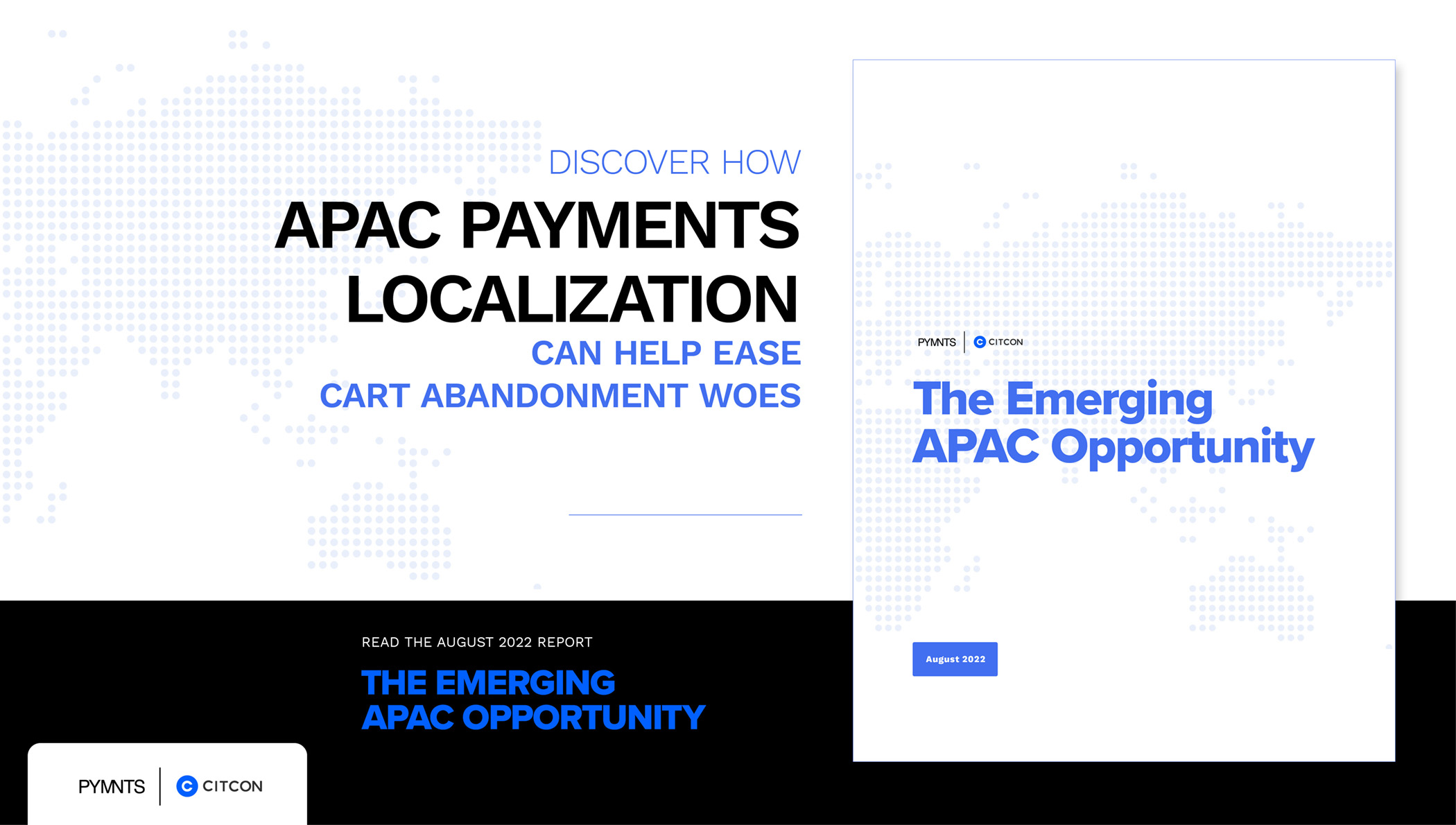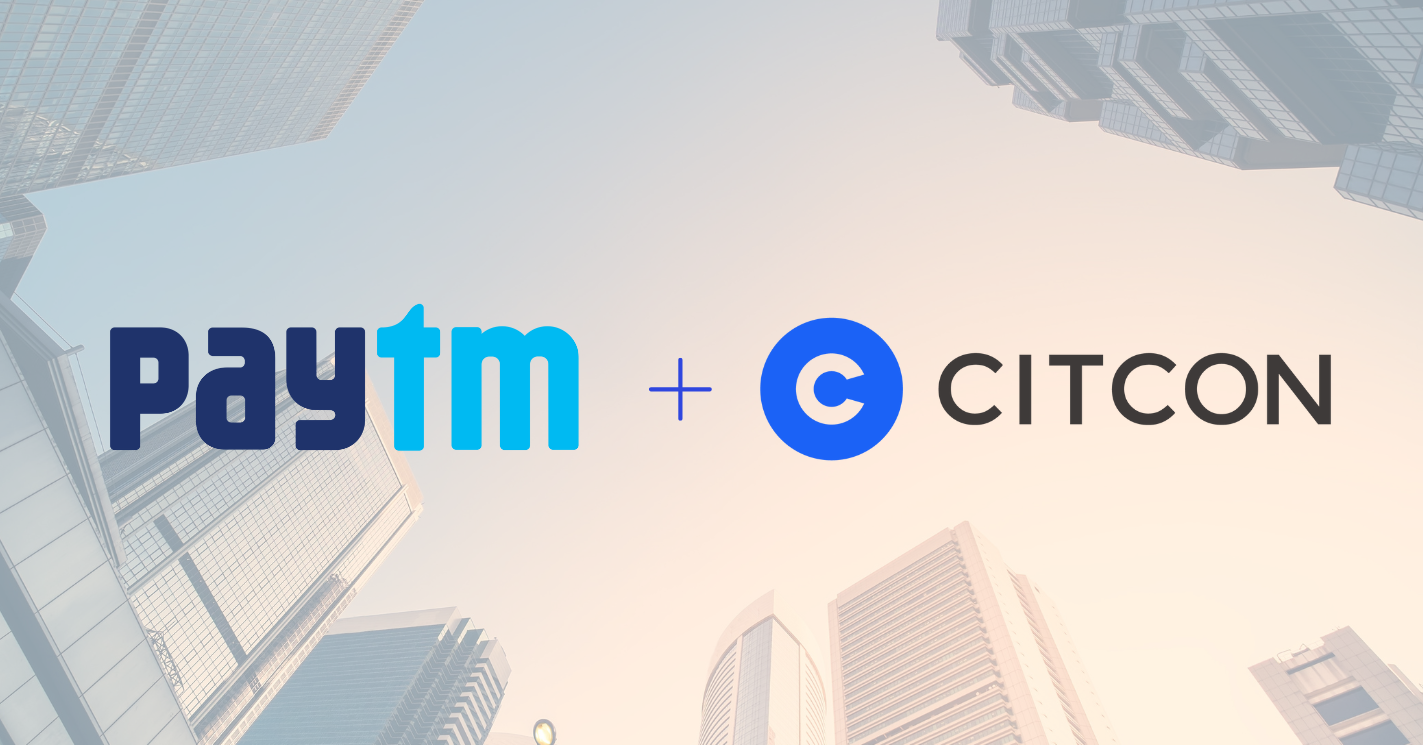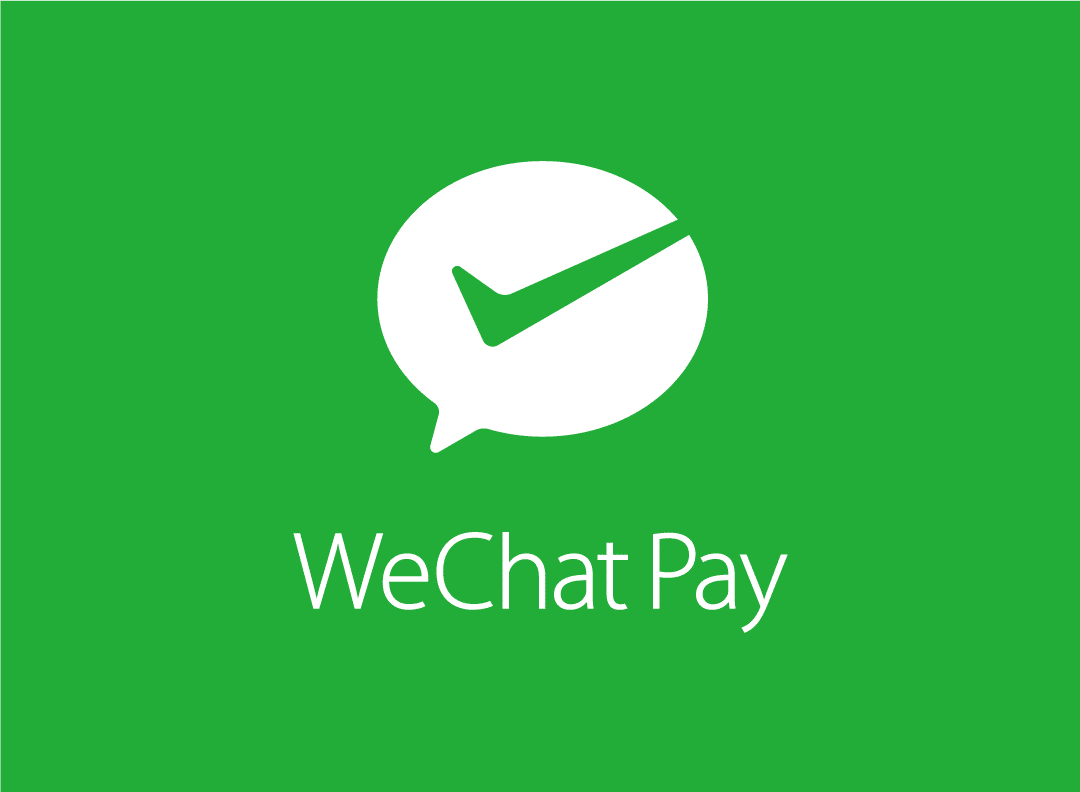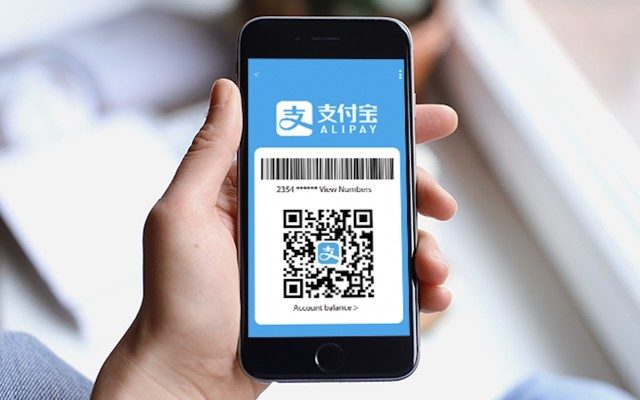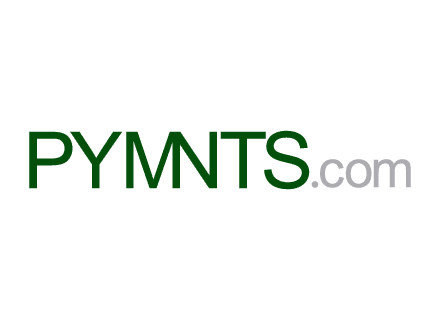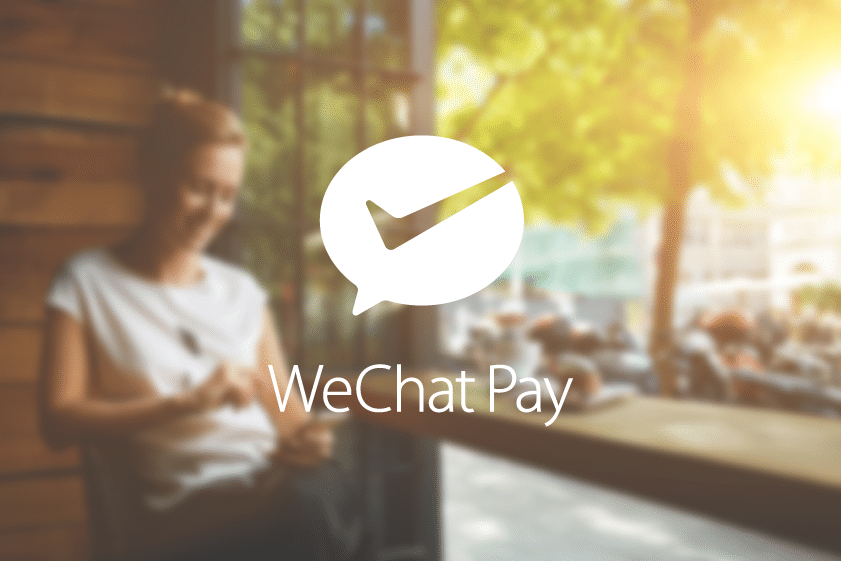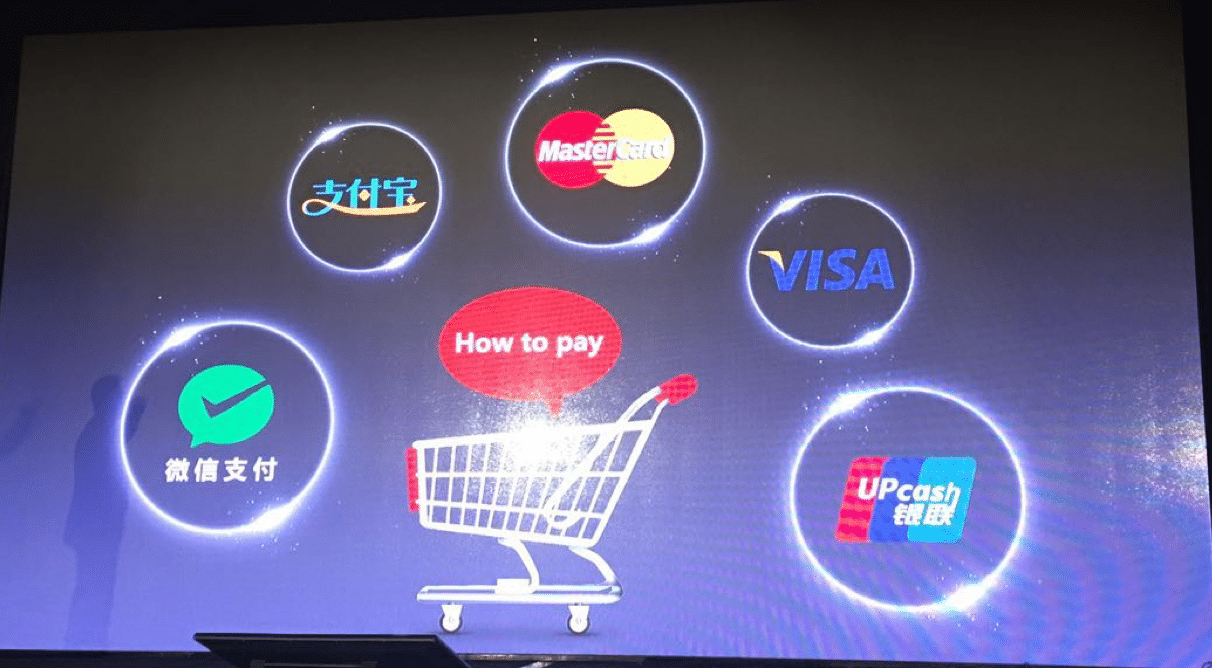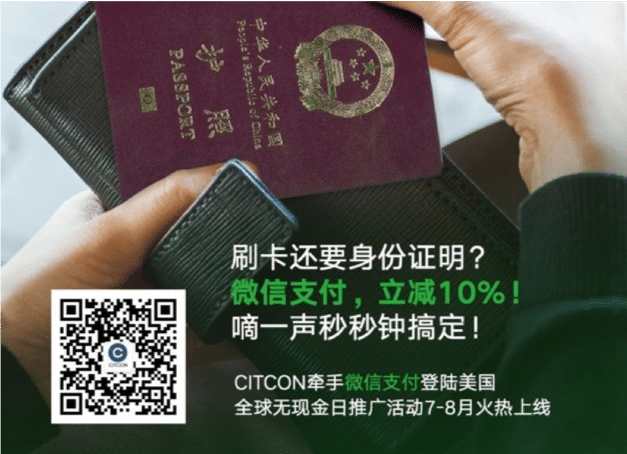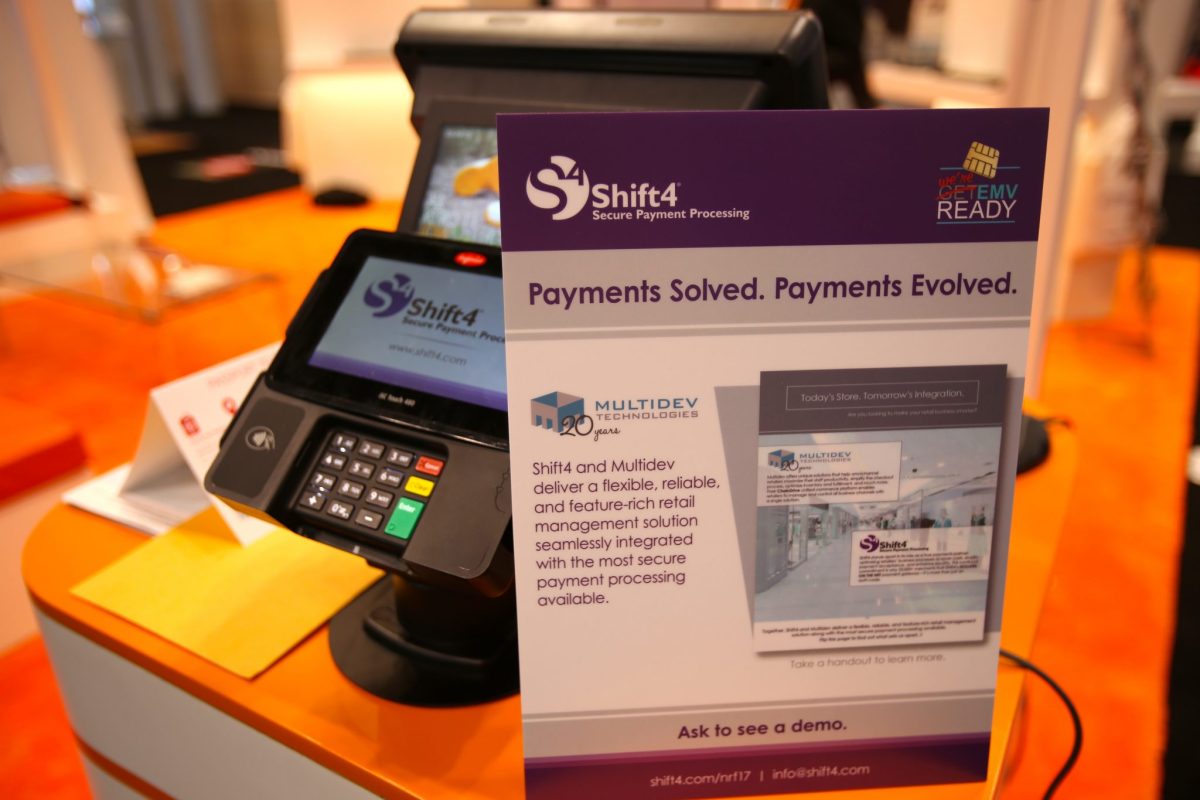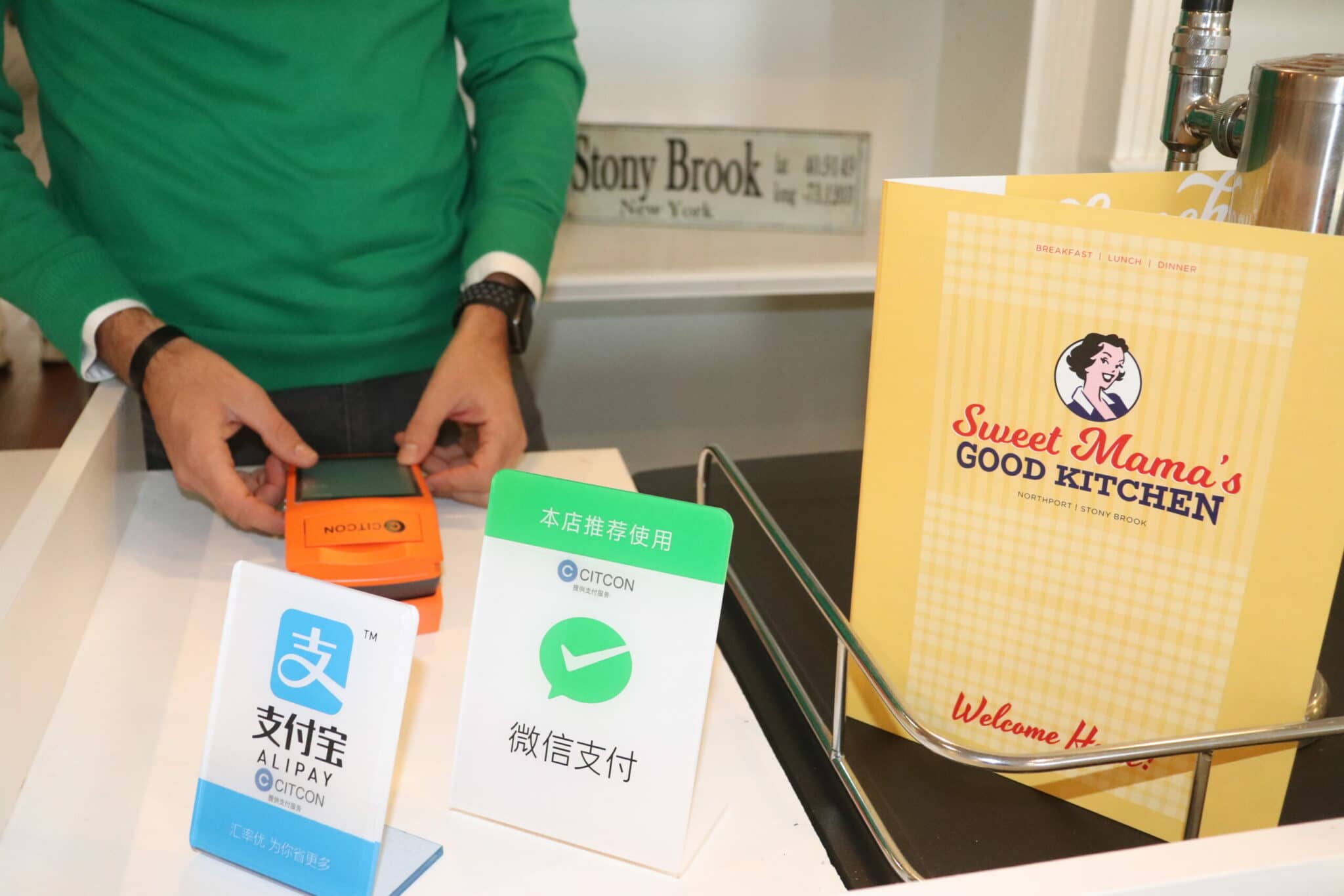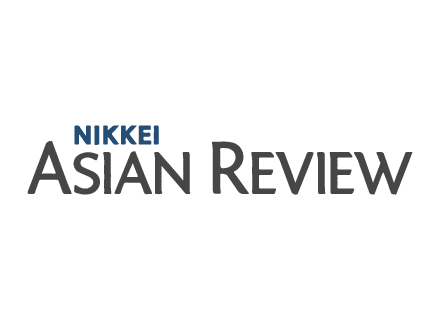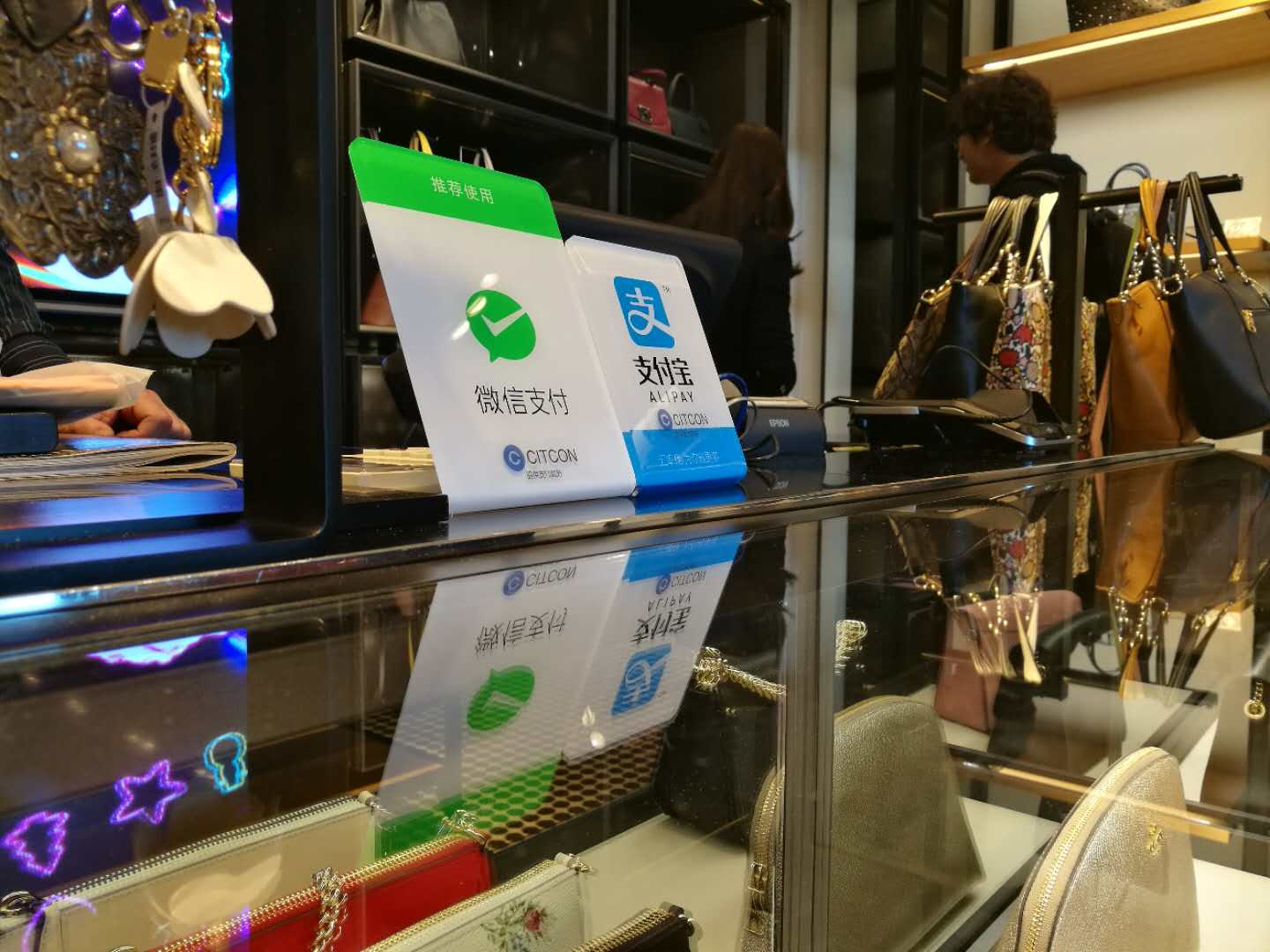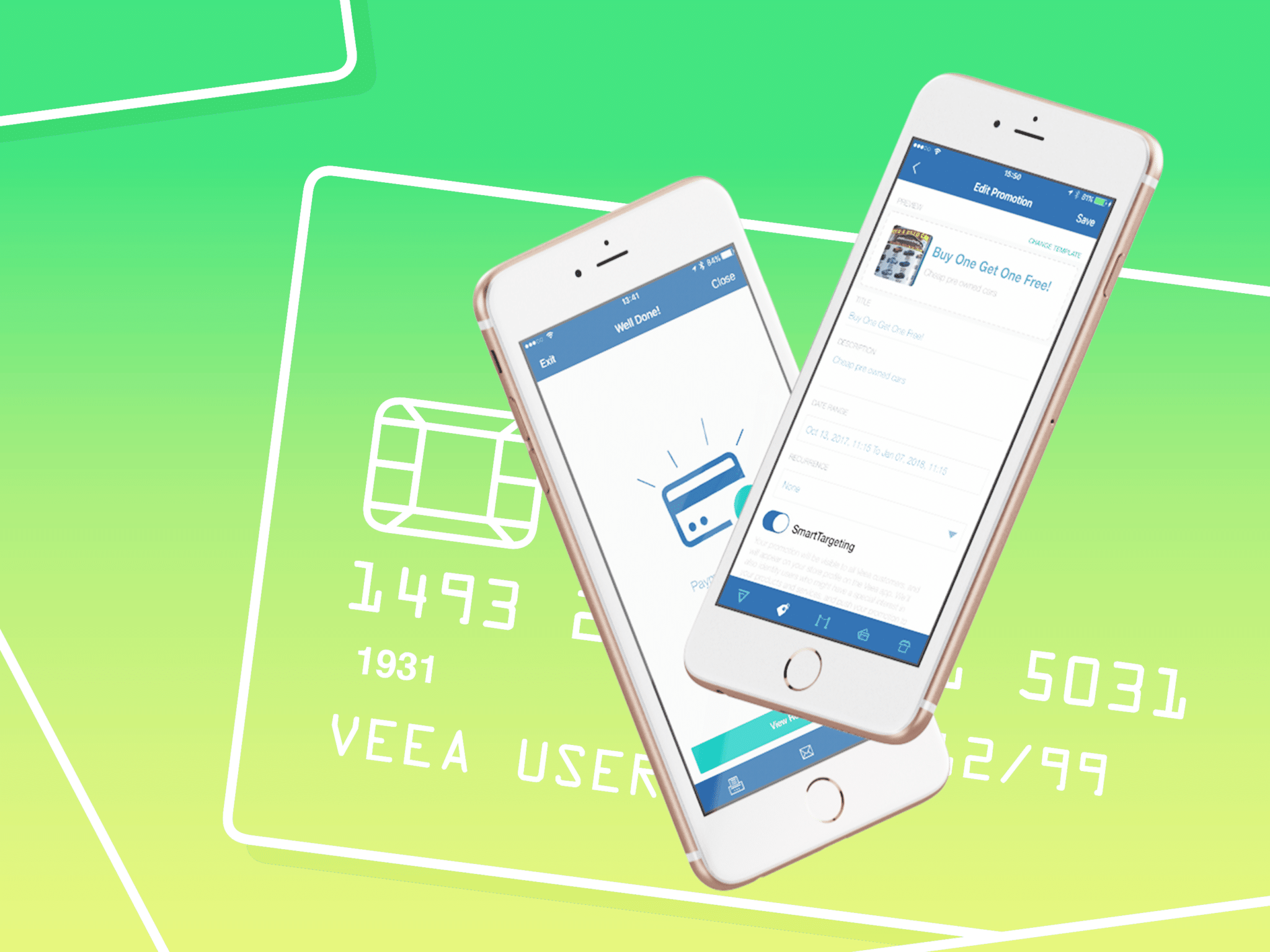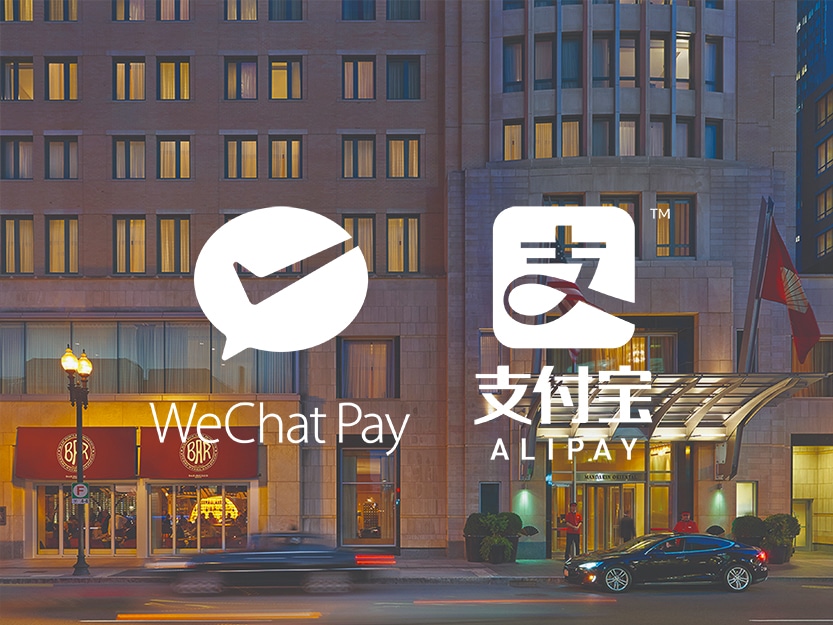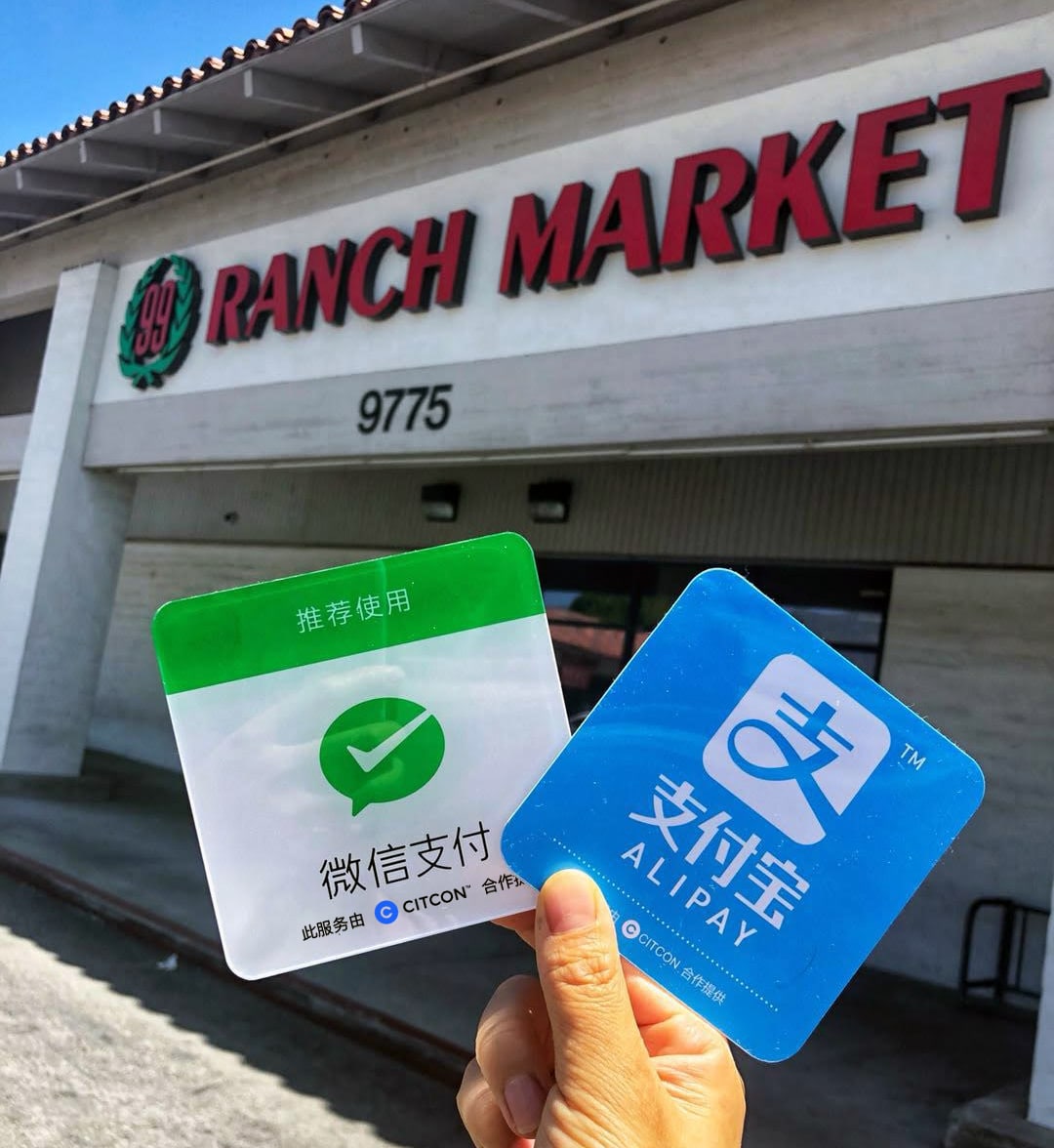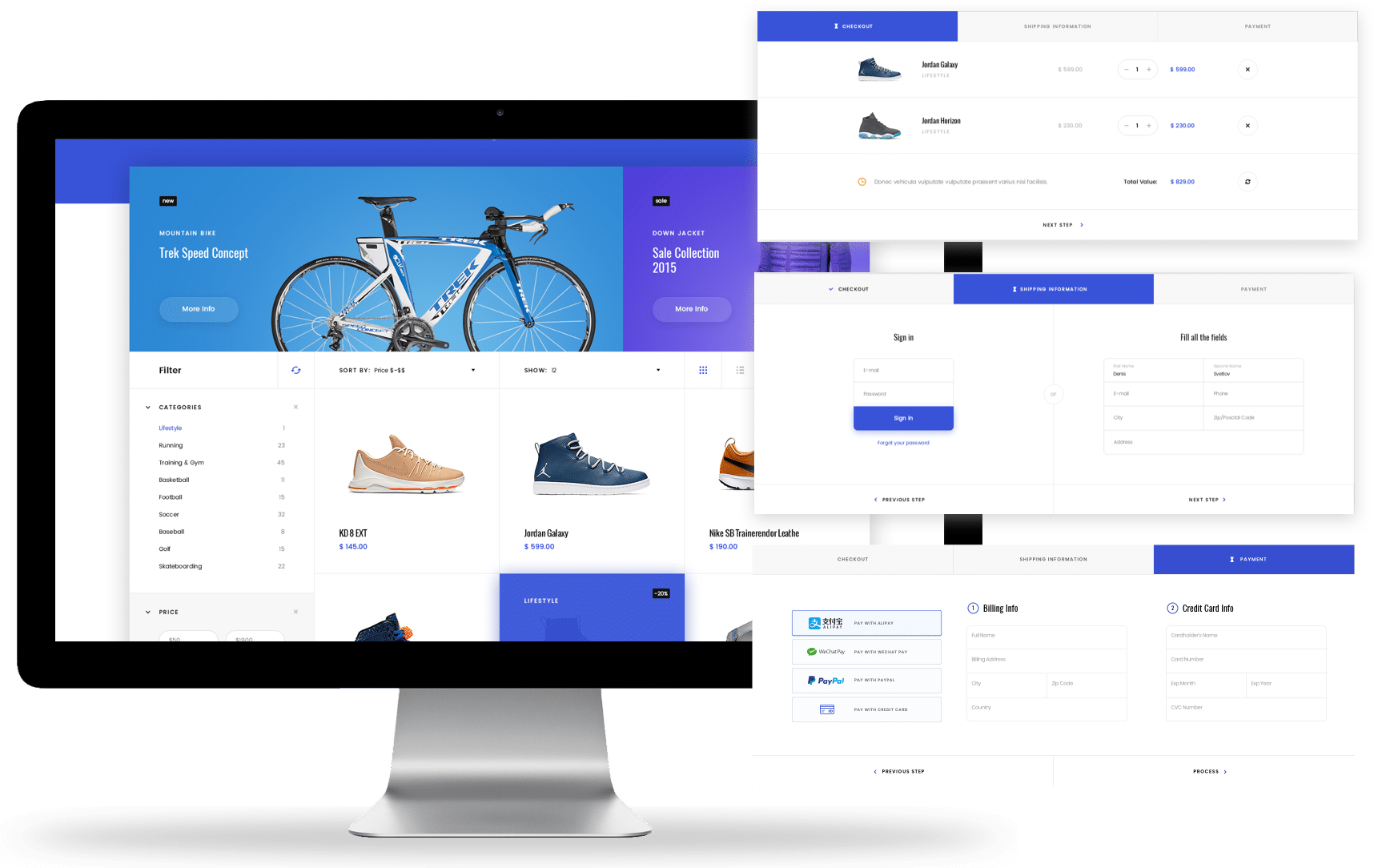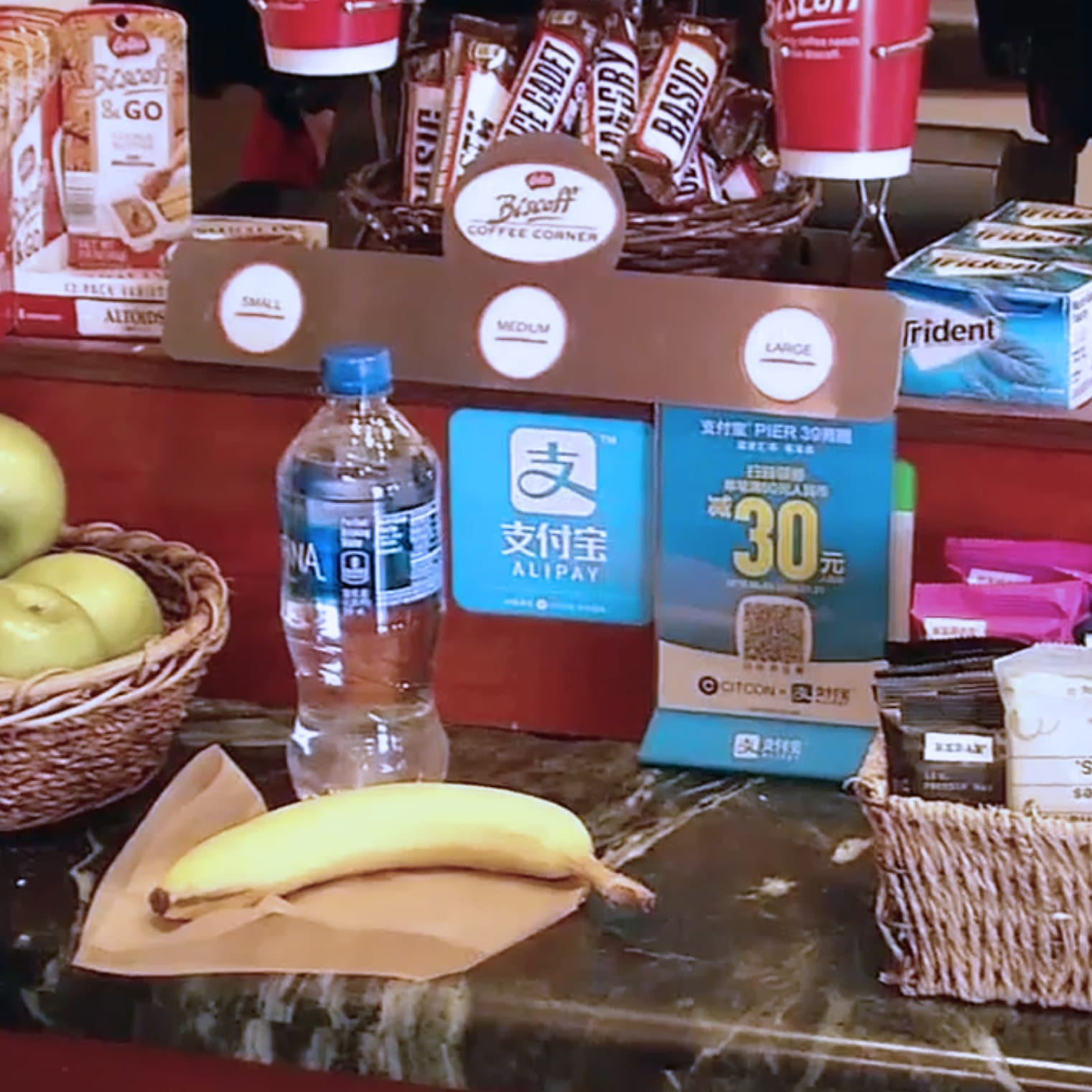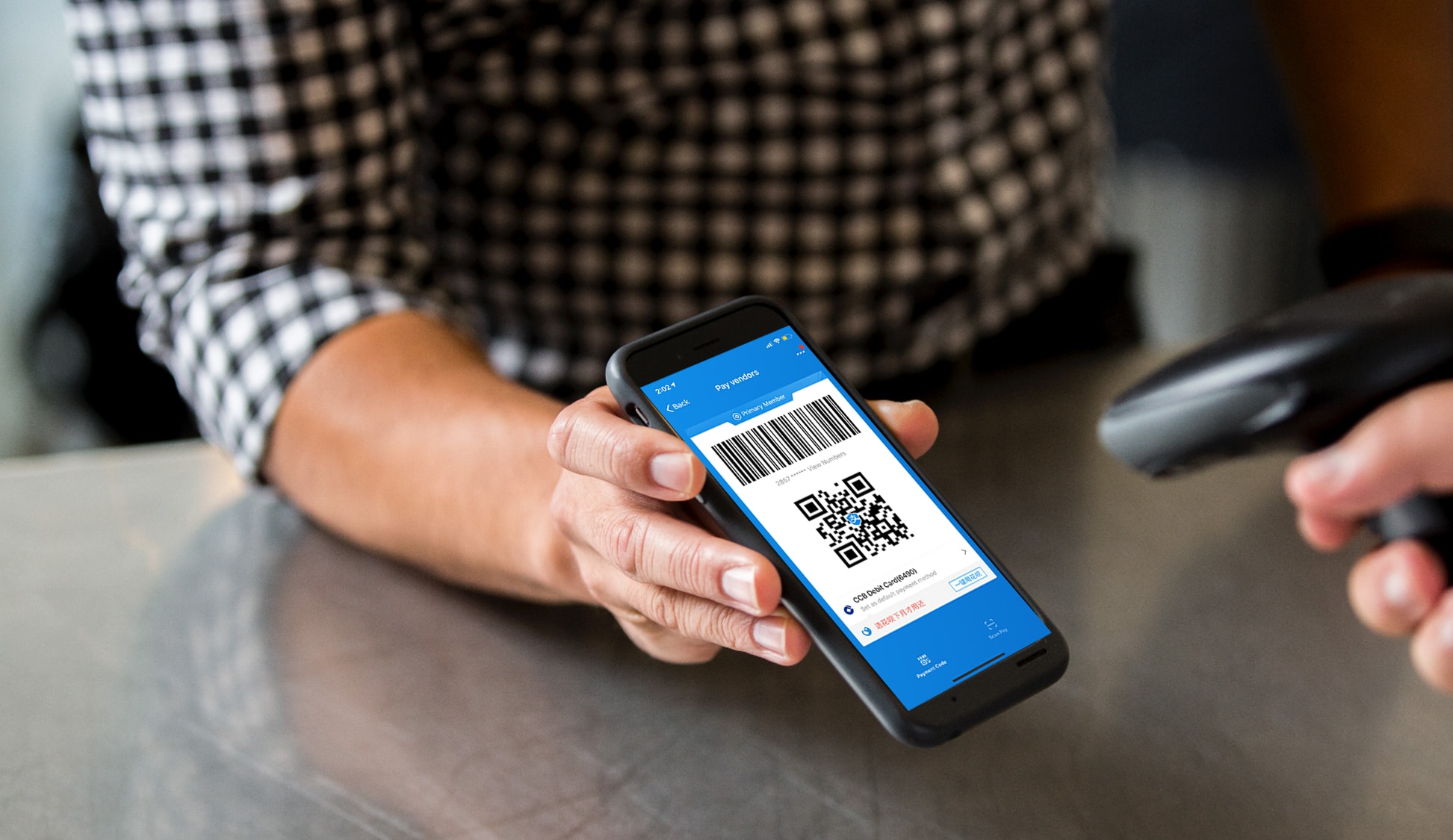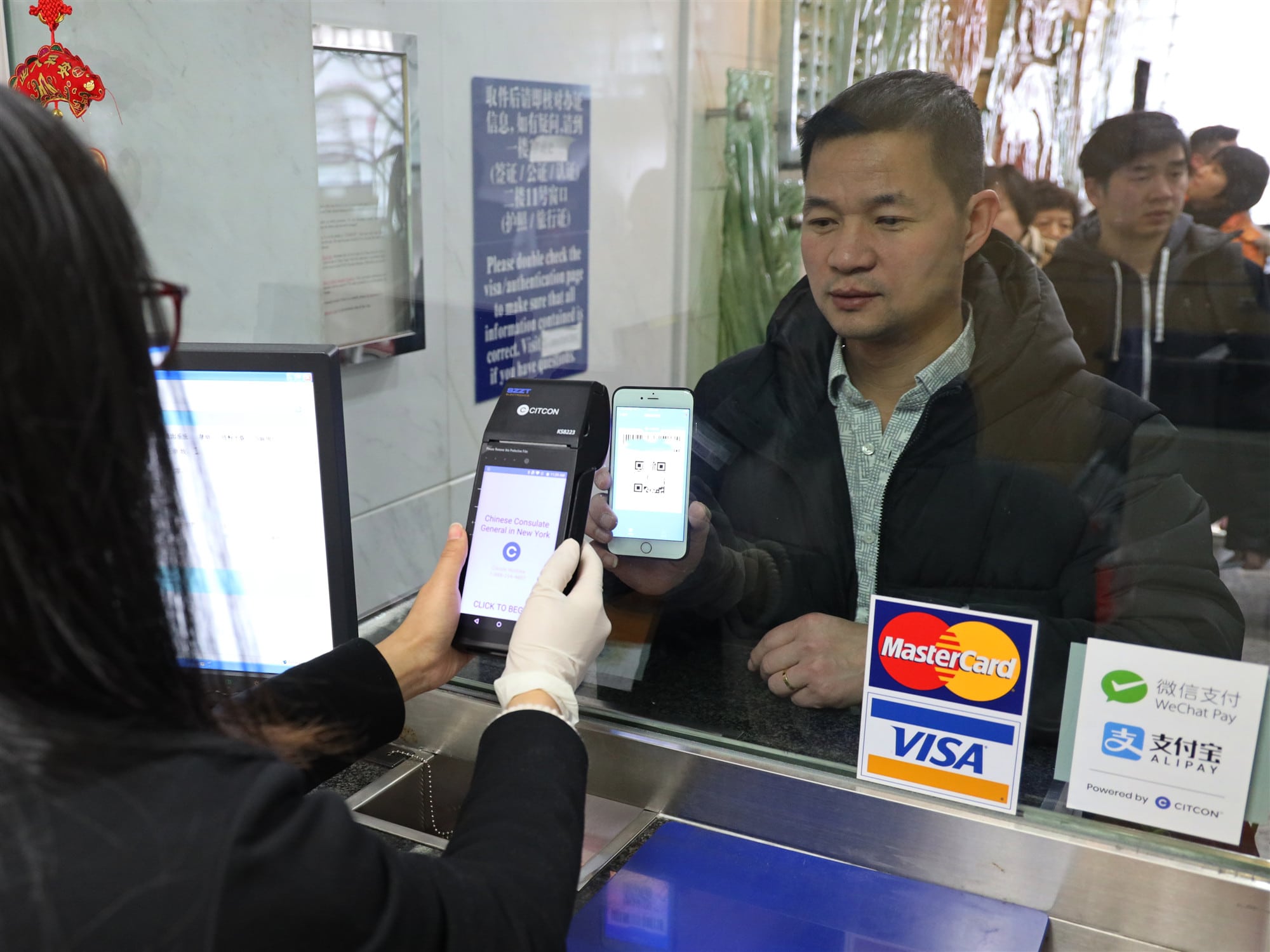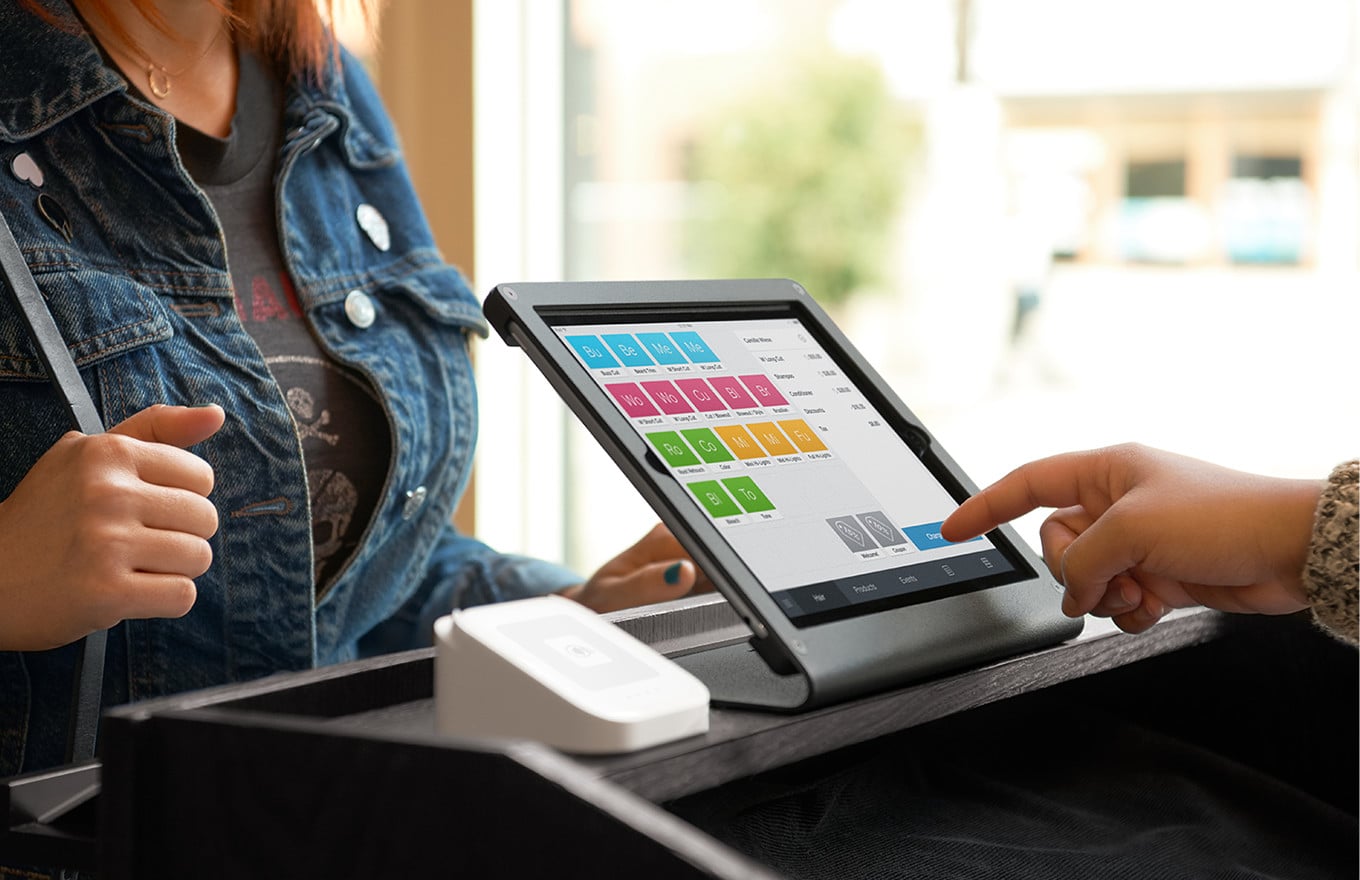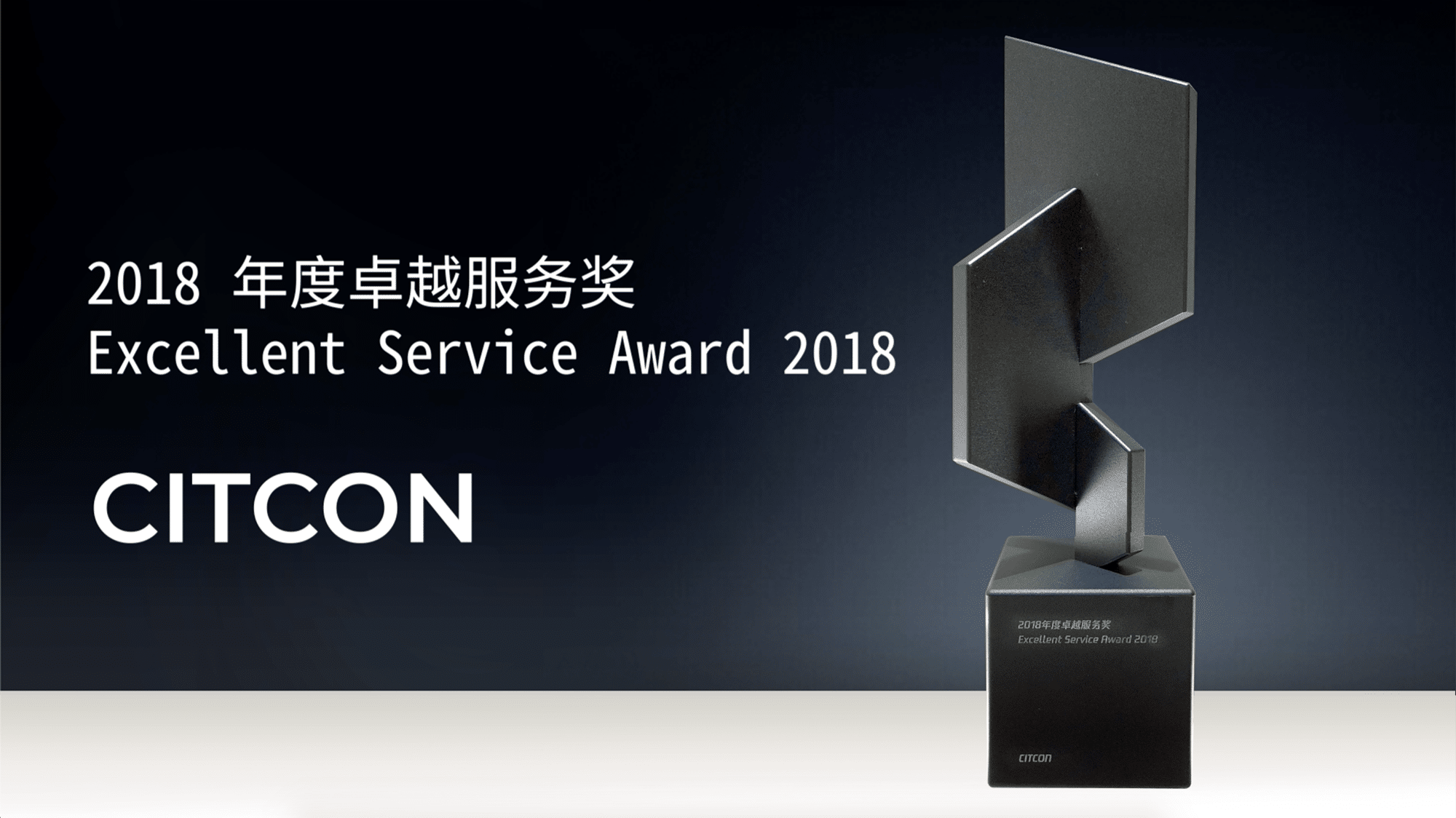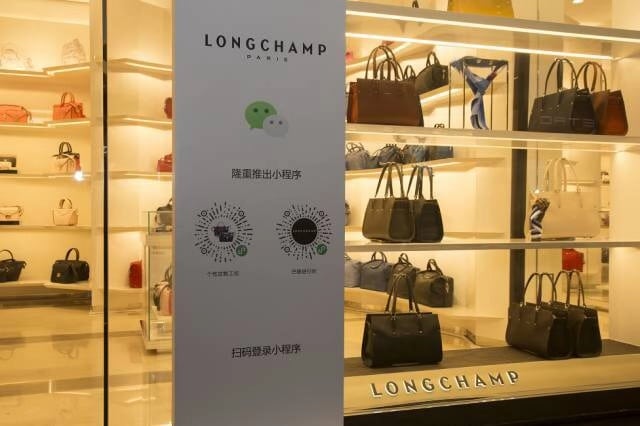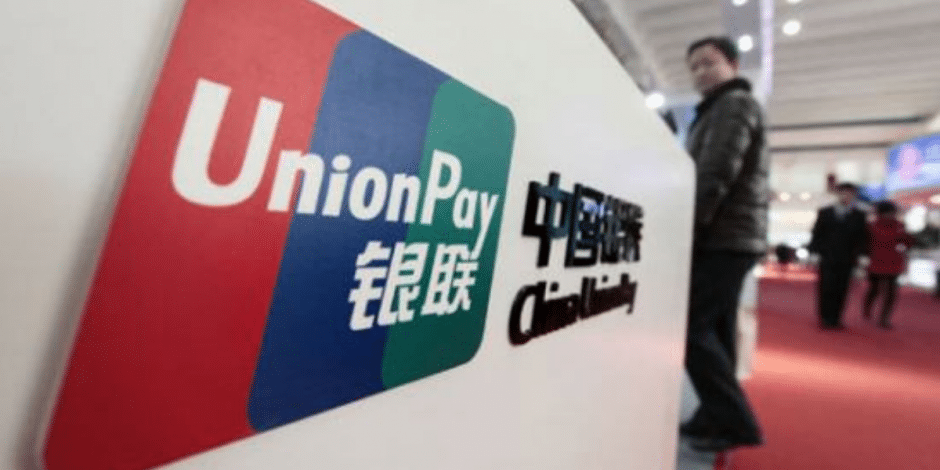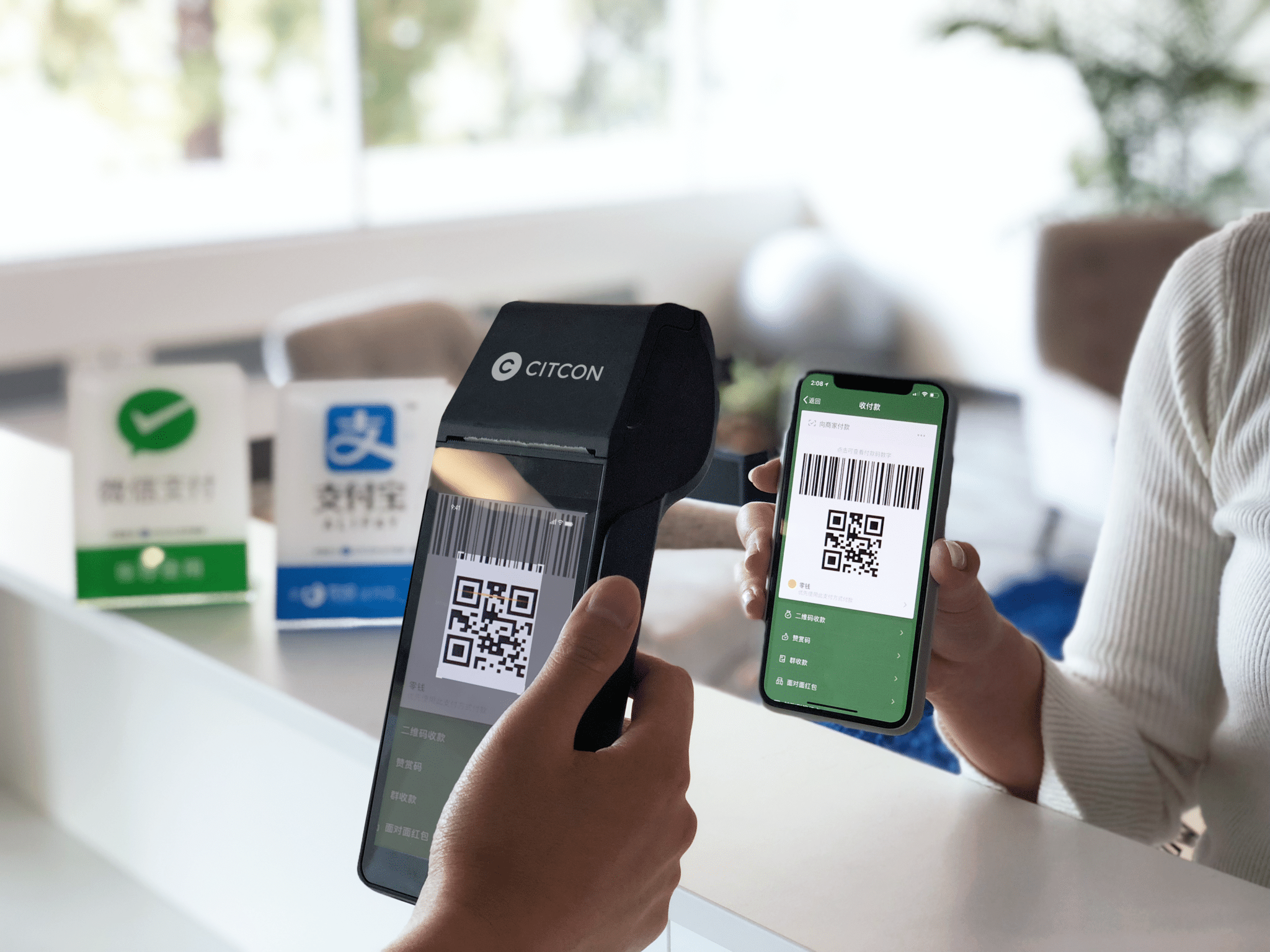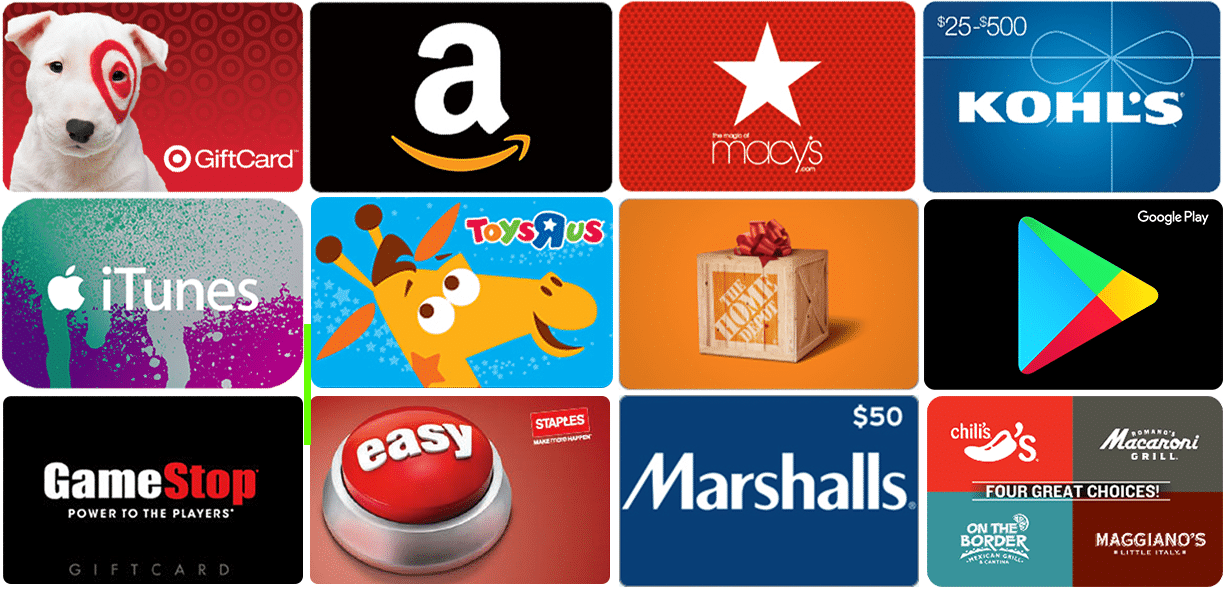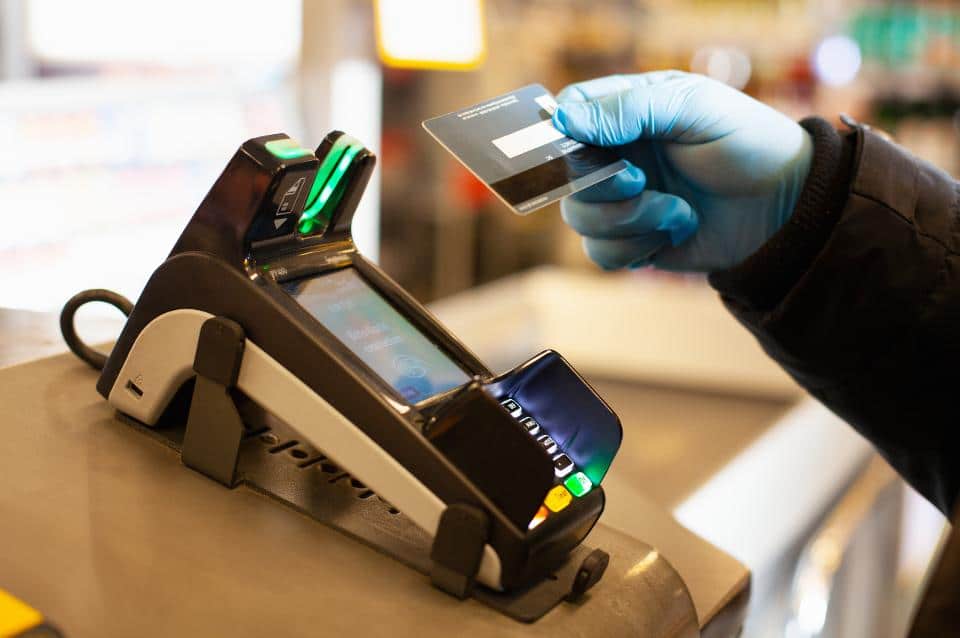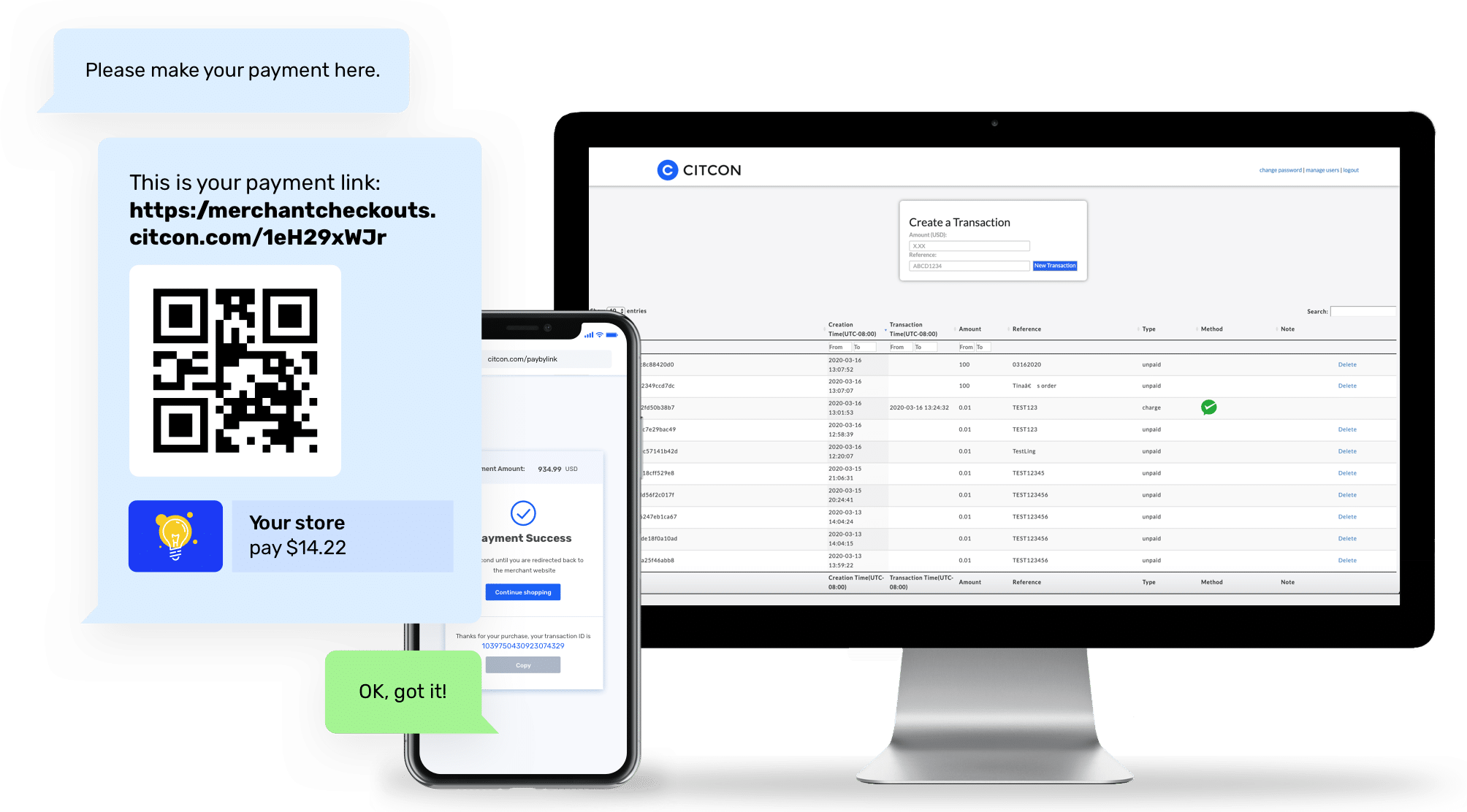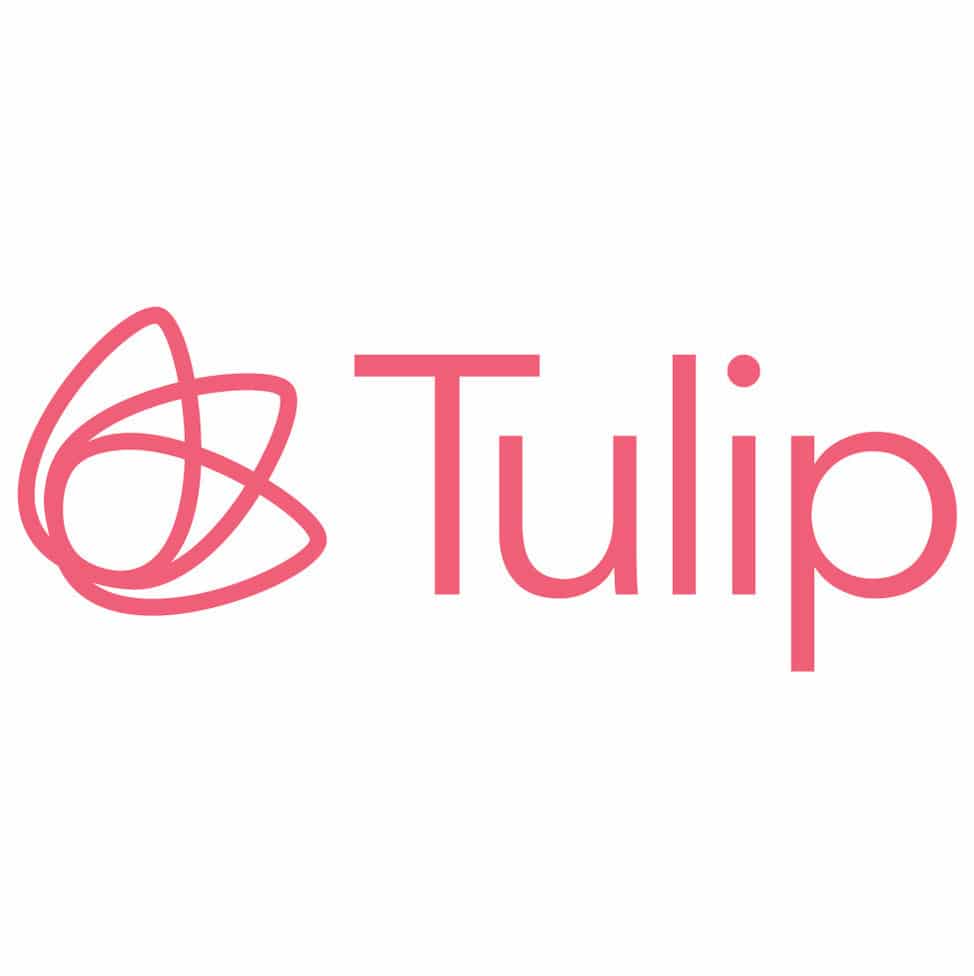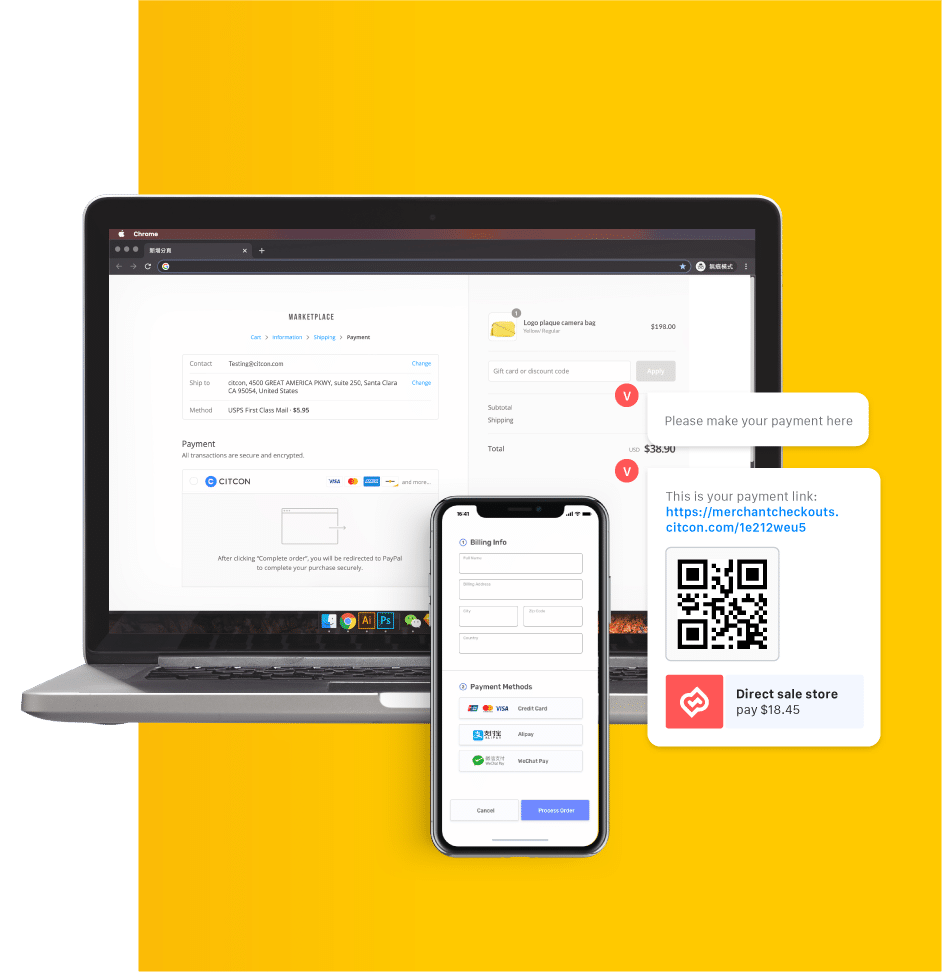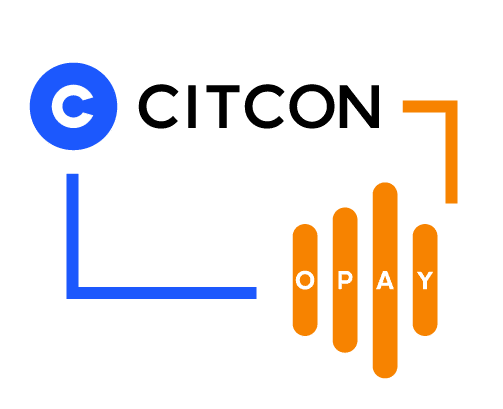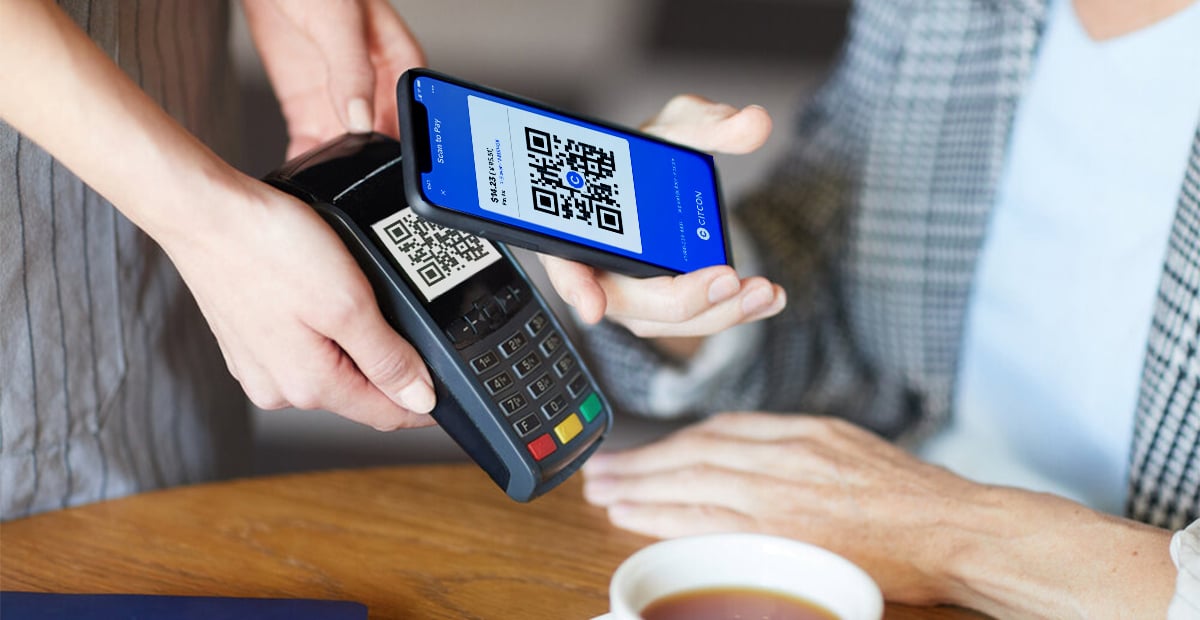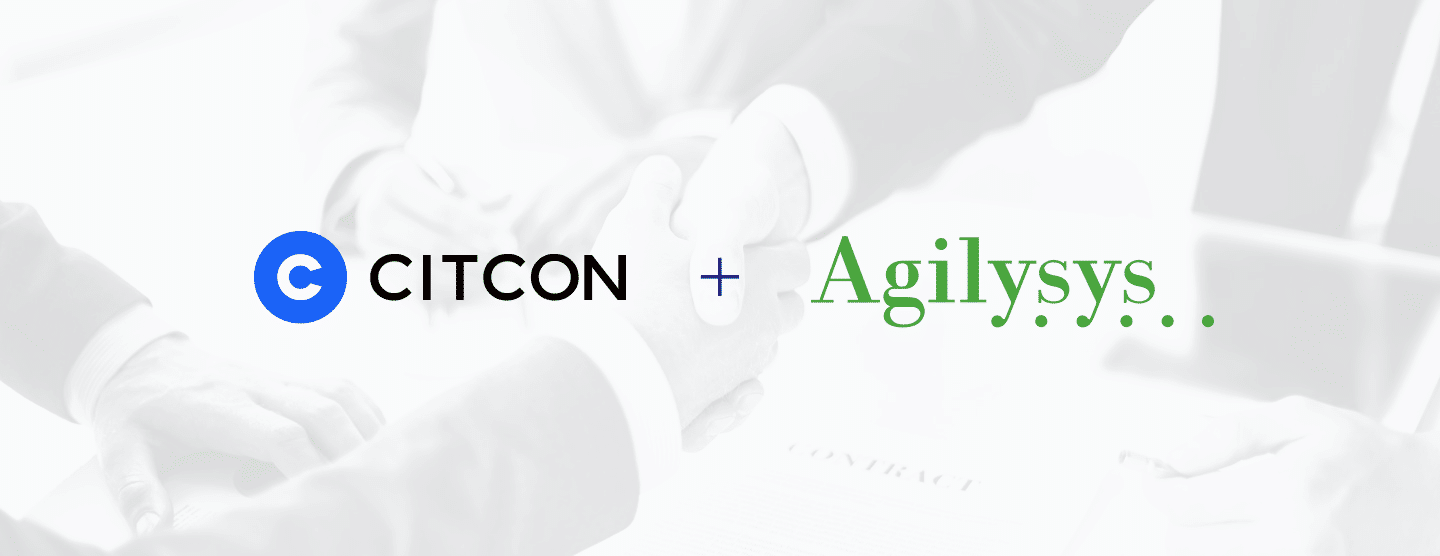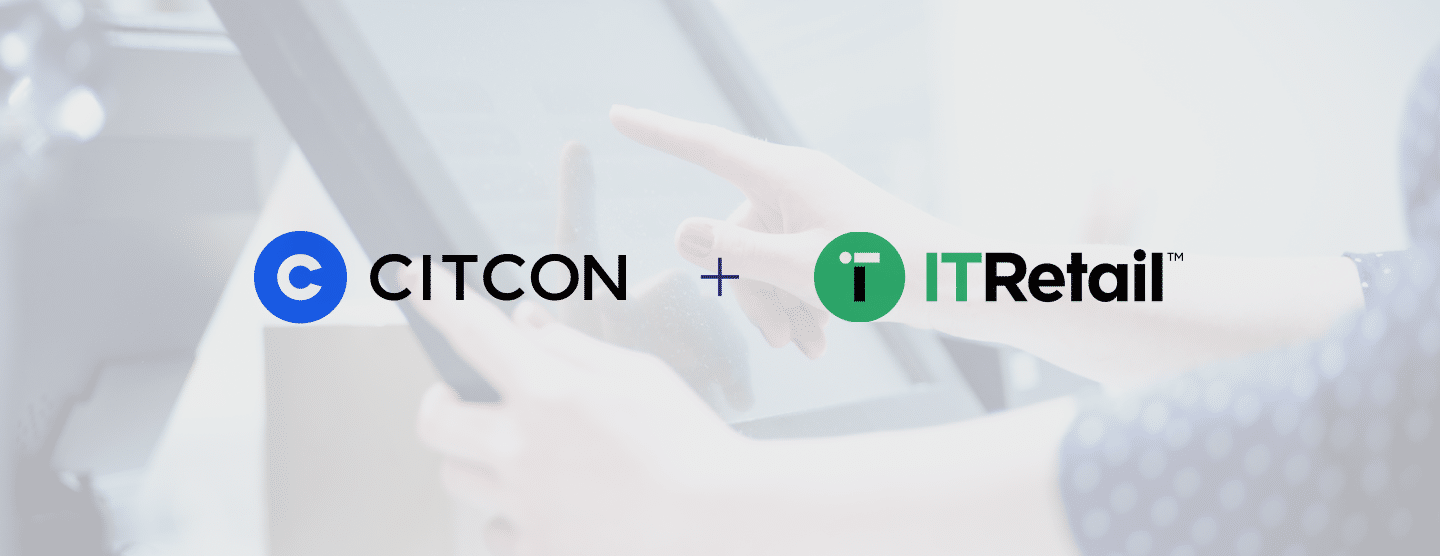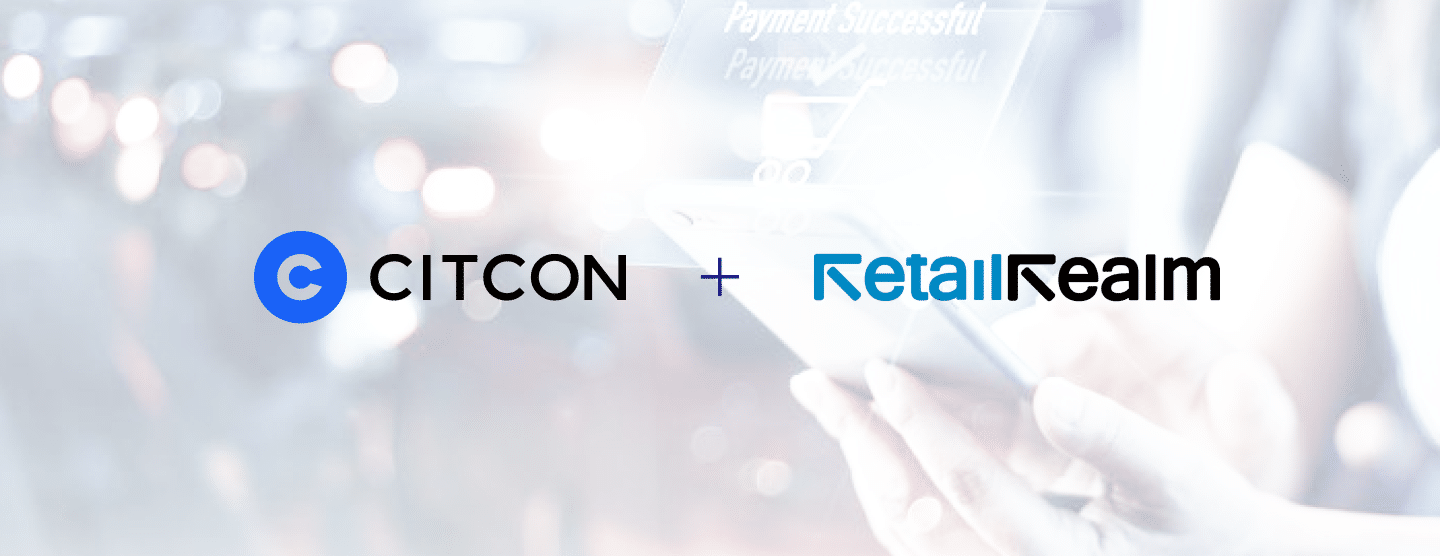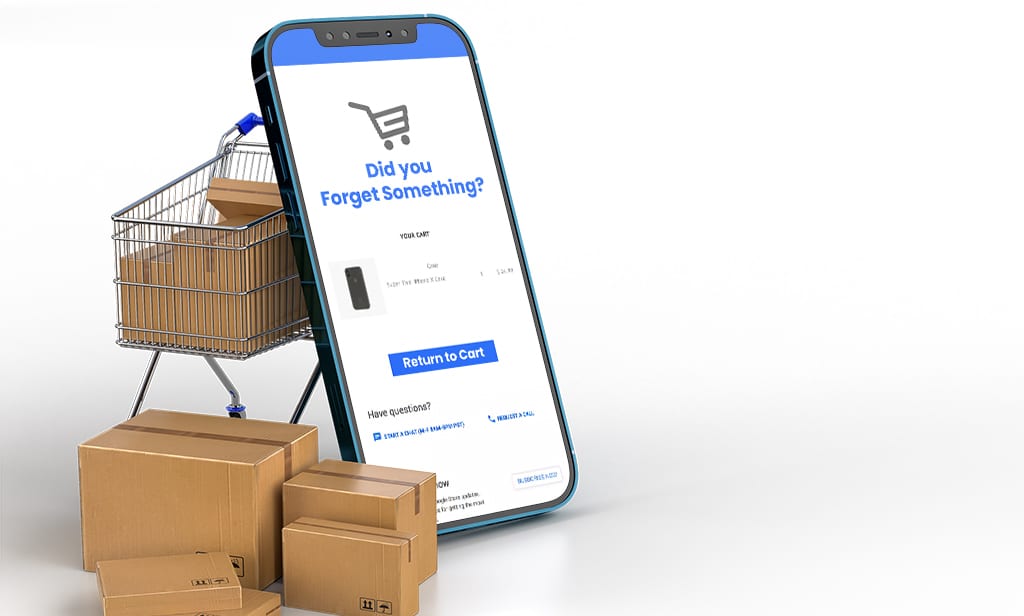Payins and Payouts: The Backbone of Modern Payments
WRITTEN BY
Jason Kumpf
Citcon
CRO & Payments Consultant
Date
Subscribe to our interesting updates
SHARE ON

In today’s digital economy, speed, convenience, and reliability aren’t just perks — they’re the baseline. Customers expect to make a purchase with a tap, receive refunds instantly, or get paid for their work without delays. Behind this seamless flow of money lies two essential processes: payins and payouts.
But for businesses, especially those operating globally, managing both sides of this transaction highway is anything but simple. Fragmented systems, high fees, and compliance hurdles often create friction. According to McKinsey, global payment revenues exceeded $2.2 trillion in 2022 and are projected to grow 8% annually — meaning inefficiencies in these flows can cost businesses millions. This post explores what payins and payouts are, why they matter, and how companies can streamline them with the right tools.
What Are Payins and Payouts?
- Payins are the incoming payments a business receives from its customers. Think of when you pay for a ride on an app or purchase from an online store.
- Payouts are the outgoing payments a business makes to customers, suppliers, vendors, or gig workers. For example, refunds, affiliate commissions, or driver earnings.
If you imagine your business as a bank, payins are deposits, while payouts are withdrawals. Both are essential — and when managed poorly, they can directly impact customer trust and revenue.
Why Payins Matter to Businesses
Payins are the lifeblood of revenue. A smooth, secure, and flexible payin experience leads to:
- Higher conversion rates: Cart abandonment can reach 70% if a customer’s preferred payment method isn’t available.
- Global reach: Supporting local payment methods — cards, digital wallets, bank transfers, or alternative options — opens doors to international customers.
- Reduced fraud risk: Smarter fraud detection and intelligent routing reduce chargeback losses, which globally cost merchants over $20 billion a year.
Companies that provide a wide range of local and global payment options are better positioned to scale internationally. Solutions like Citcon’s global acceptance network help businesses meet these expectations through a single integration — simplifying expansion without juggling multiple vendors.
Why Payouts Are Just as Critical
While payins bring money in, payouts build loyalty and trust. Today’s customers, workers, and partners expect fast, transparent disbursements. Examples include:
- Refunds: Over 80% of consumers say a slow refund process impacts their trust in a brand.
- Gig economy payouts: Drivers, freelancers, and contractors increasingly demand instant access to their earnings — in fact, over 60% of gig workers say they would switch platforms for faster payouts.
- Vendor settlements: Marketplaces need efficient systems to pay multiple merchants accurately and on time.
Having a reliable payouts system ensures businesses maintain strong relationships. With partners like Citcon, companies can enable instant global disbursements without building complex infrastructure in-house.
Common Challenges in Managing Payins and Payouts
For businesses expanding across regions, payment flows quickly become complex:
- Fragmented systems create reconciliation headaches.
- High cross-border fees (sometimes as high as 7% per transaction) cut into profits.
- Fraud and chargebacks threaten margins.
- Scaling hurdles slow growth when adding markets or methods.
A unified approach simplifies operations. Providers such as Citcon offer single-API payment orchestration — delivering not just payins and payouts but also a single contract, centralized reconciliation, and global payment management. This allows companies to focus more on growth and less on infrastructure.
.png)
The Role of Payment Orchestration
Payment orchestration brings payins and payouts together under one roof. The benefits are clear:
- Streamlined operations with one dashboard for global flows.
- Lower costs through smart routing and consolidated vendors.
- Faster expansion into new markets without lengthy integrations.
- Stronger compliance with built-in regulatory support.
Platforms like Citcon act as orchestration layers, removing friction while also serving as a unified partner for settlement, reconciliation, and reporting — ensuring businesses can scale confidently across borders.
Future Trends to Watch
The payments landscape is evolving rapidly. Businesses that stay ahead of these trends will lead the pack:
- Real-time payments: The volume of instant payments is expected to grow over 30% annually through 2027.
- Digital wallets & alternative methods: Already account for over 50% of global e-commerce payments.
- AI-powered fraud detection: Reducing false declines that currently cost merchants $443 billion a year.
- Embedded finance: Payments woven seamlessly into apps and platforms.
Forward-looking providers like Citcon are already supporting many of these innovations, helping businesses prepare for what’s next.
Two Sides of the Same Coin
Payins and payouts aren’t just operational processes — they’re customer experience drivers. A glitchy payin can cause a cart to be abandoned, while a delayed payout can erode trust.
The businesses thriving today are those that view payments as strategic. By leveraging unified platforms such as Citcon, companies can simplify complexity, expand globally, and deliver the seamless experiences customers expect — all under a single contract with integrated reconciliation and reporting.
Ready to simplify your global payins and payouts?
Talk to Citcon today and see how we can help power your payment success.









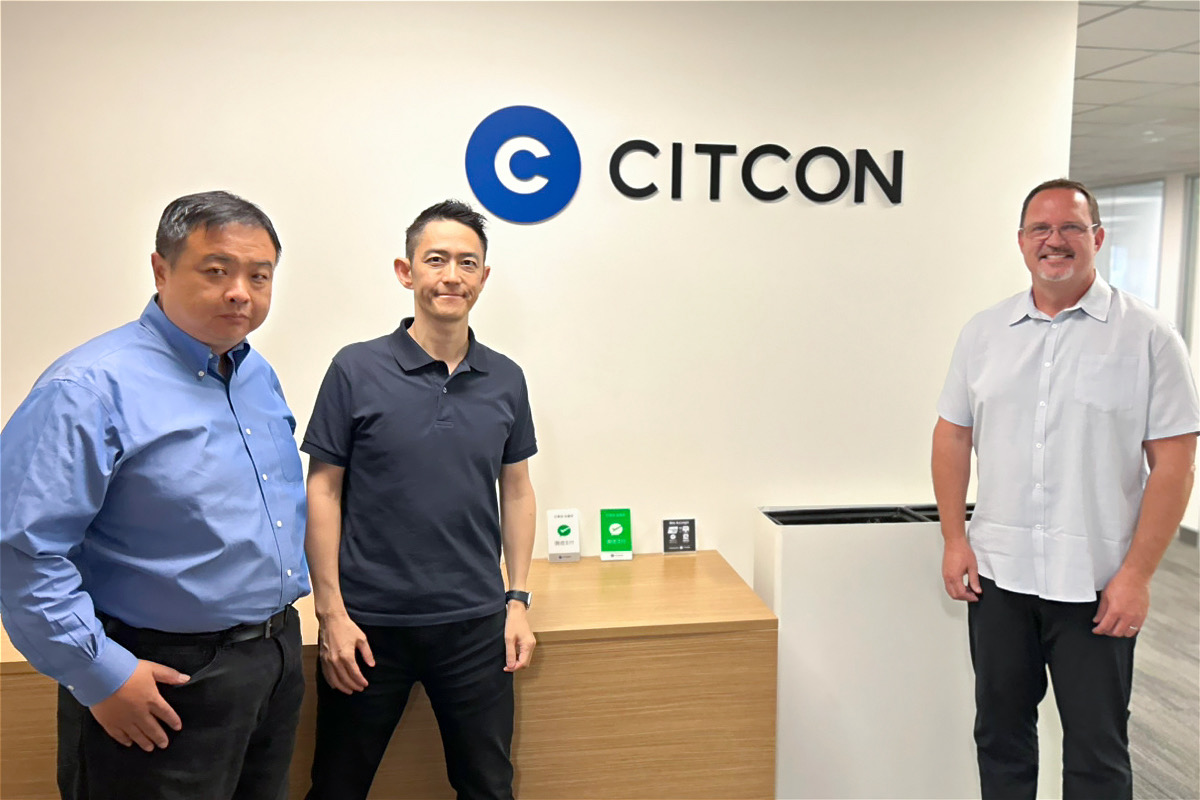
.png)

